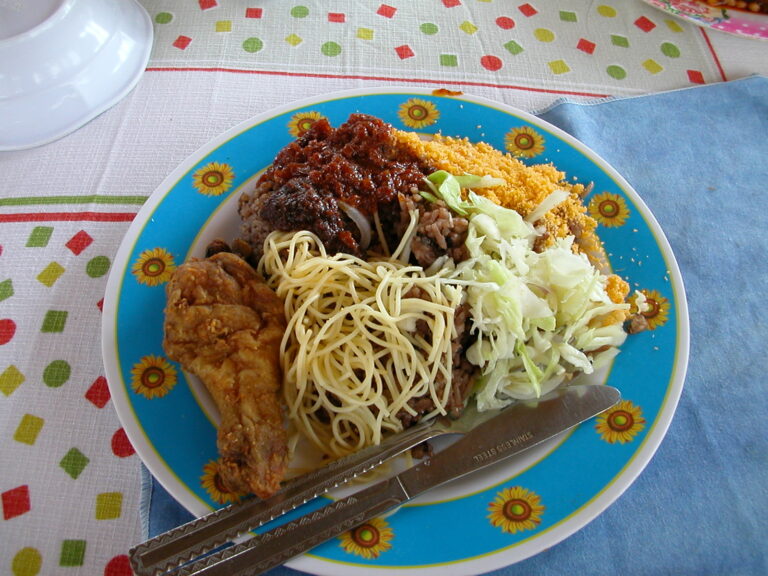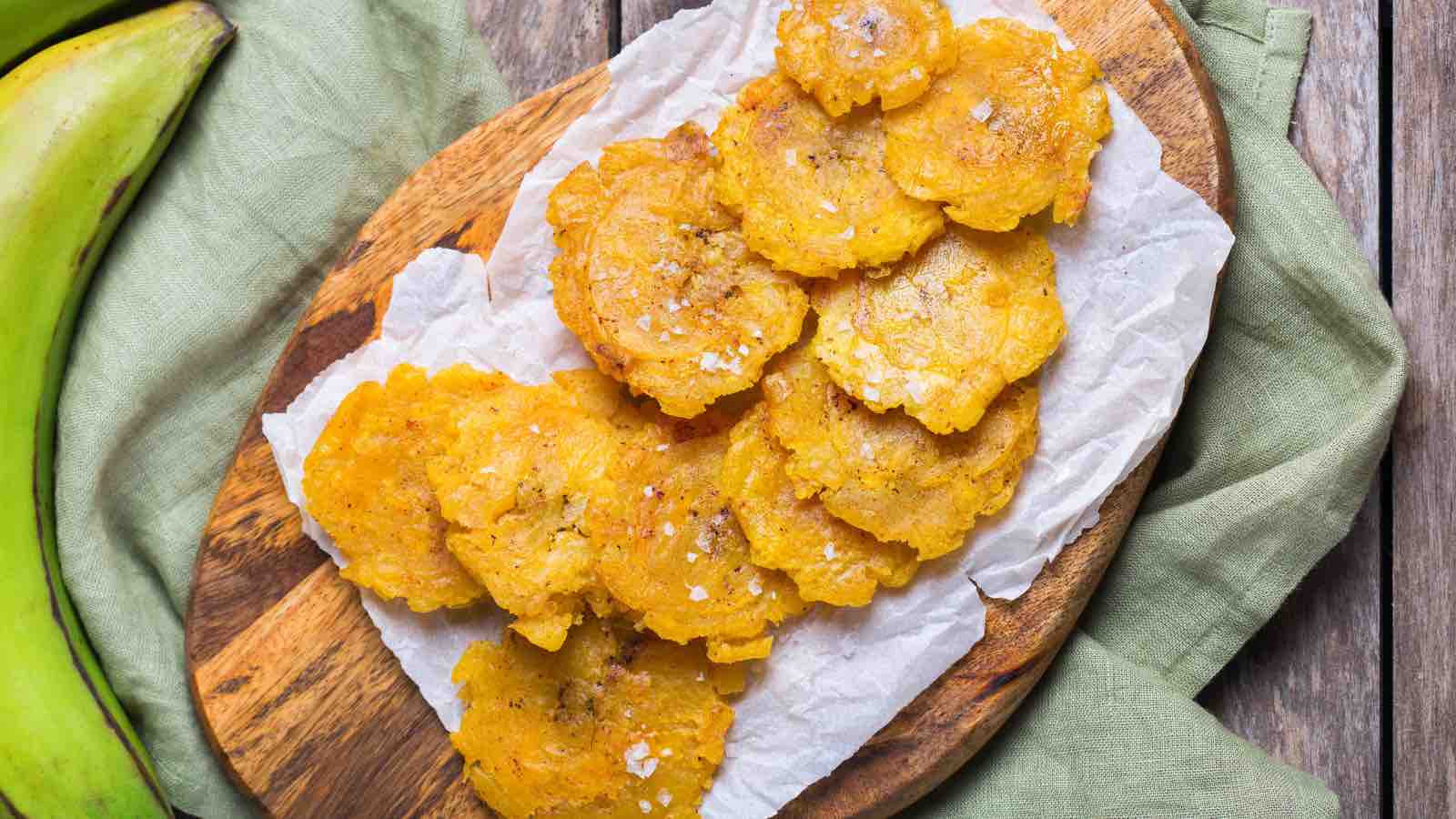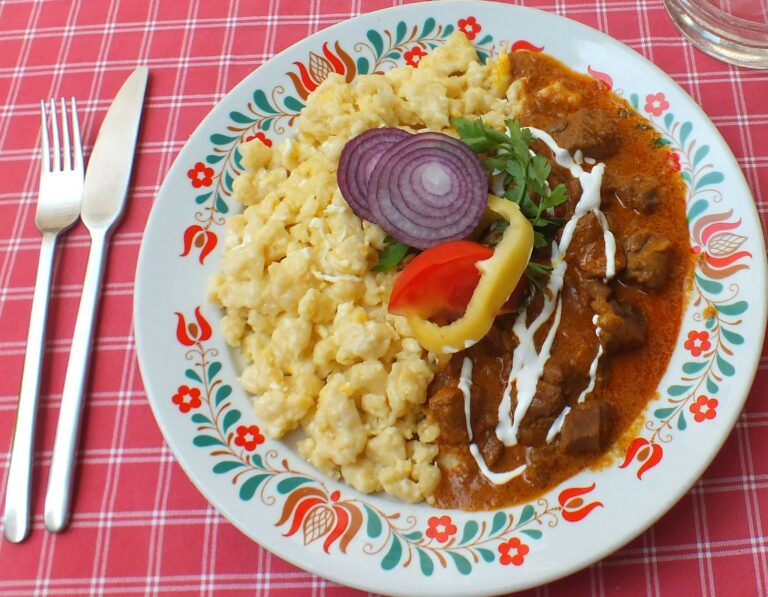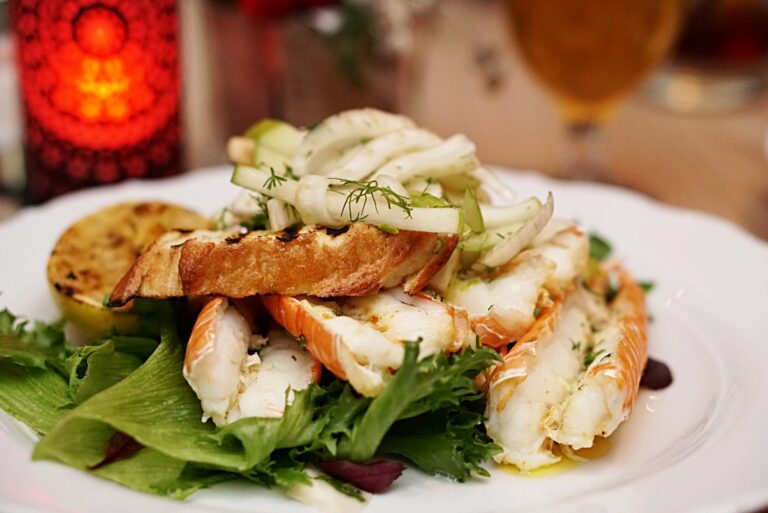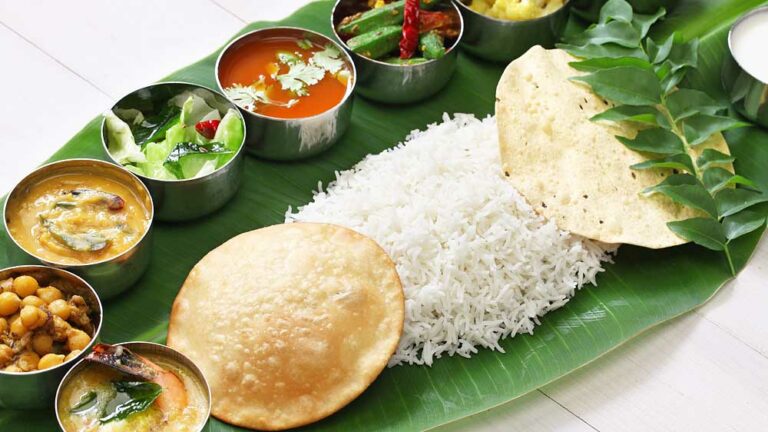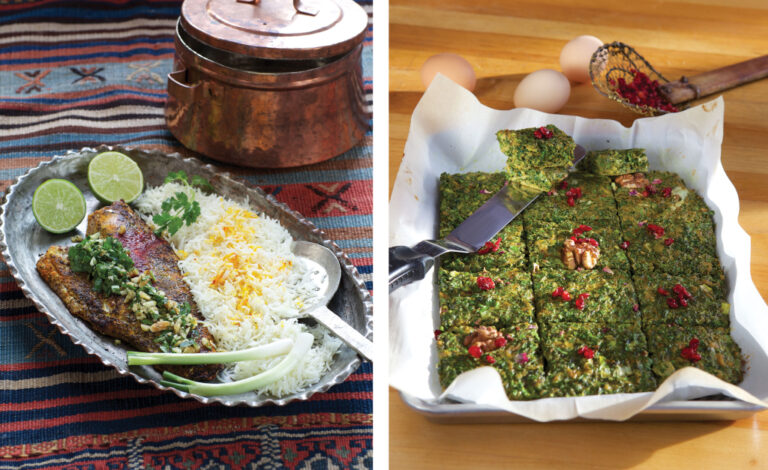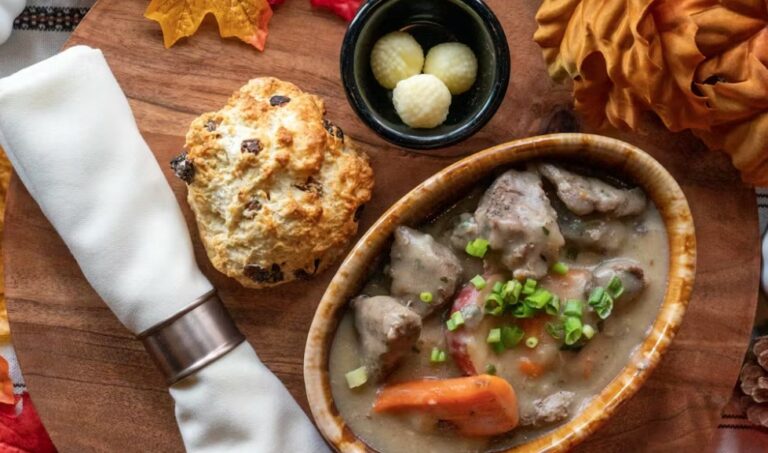Introduction: Overview of Guyanese Cuisine
Guyanese cuisine is a fusion of African, Indian, Chinese, European, and Indigenous influences. It consists of a diverse array of dishes that are both flavorful and hearty. The cuisine is known for its use of bold spices, herbs, and sauces, which are used to enhance the flavor of meats, fish, and vegetables. Some of the most popular dishes in Guyanese cuisine include curries, roti, pepperpot, and chow mein.
Dietary Restrictions in Guyanese Cuisine: Religious & Cultural Influences
Guyanese cuisine is heavily influenced by the country’s diverse religious and cultural traditions. Many Guyanese people are Hindu, Muslim, or Christian, and these religions often have dietary restrictions. For example, Muslims are prohibited from consuming pork, while Hindus are vegetarian and do not eat beef. As a result, many Guyanese dishes are tailored to these dietary restrictions, and vegetarians and non-vegetarians alike can enjoy delicious meals.
In addition, certain cultural practices have influenced Guyanese cuisine. For example, the Portuguese brought chorizo sausage, while the Chinese introduced stir-frying techniques. These global culinary influences have enriched Guyanese cuisine, making it a diverse and flavorful cuisine.
Vegetarian and Vegan Options in Guyanese Cuisine
As mentioned earlier, vegetarianism is a common dietary practice among Guyanese Hindus. Vegetarian options are plentiful in Guyanese cuisine, with many dishes featuring vegetables as the main ingredient. Some popular vegetarian dishes include dhal puri, aloo choka, and baigan choka. Vegan options are also available, with many dishes featuring plantains, cassava, and other root vegetables.
Seafood and Meat in Guyanese Cuisine: Availability and Consumption
Seafood is a staple in Guyanese cuisine, with fish, shrimp, and crab being popular choices. Guyanese people also consume meat, particularly chicken and goat. Beef consumption is less common due to the Hindu dietary restriction against eating beef. However, red meat dishes are still available in many restaurants and homes.
Common Spices and Ingredients in Guyanese Cuisine
Guyanese cuisine is known for its bold flavors, which are achieved through the use of spices and herbs. Some common spices used in Guyanese cuisine include cumin, coriander, turmeric, and curry powder. Other ingredients used in Guyanese cuisine include coconut milk, cassava, plantains, and yucca.
Balancing Healthy Eating with Traditional Guyanese Dishes
Traditional Guyanese dishes are often hearty and high in calories, which can make it challenging to maintain a healthy diet. However, with some modifications, it is possible to enjoy traditional dishes while still eating healthily. For example, instead of using coconut milk in a dish, you can use low-fat milk or yogurt. Additionally, you can use less oil when cooking and opt for leaner cuts of meat. By making small adjustments, it is possible to enjoy the delicious flavors of Guyanese cuisine while still maintaining a healthy diet.

